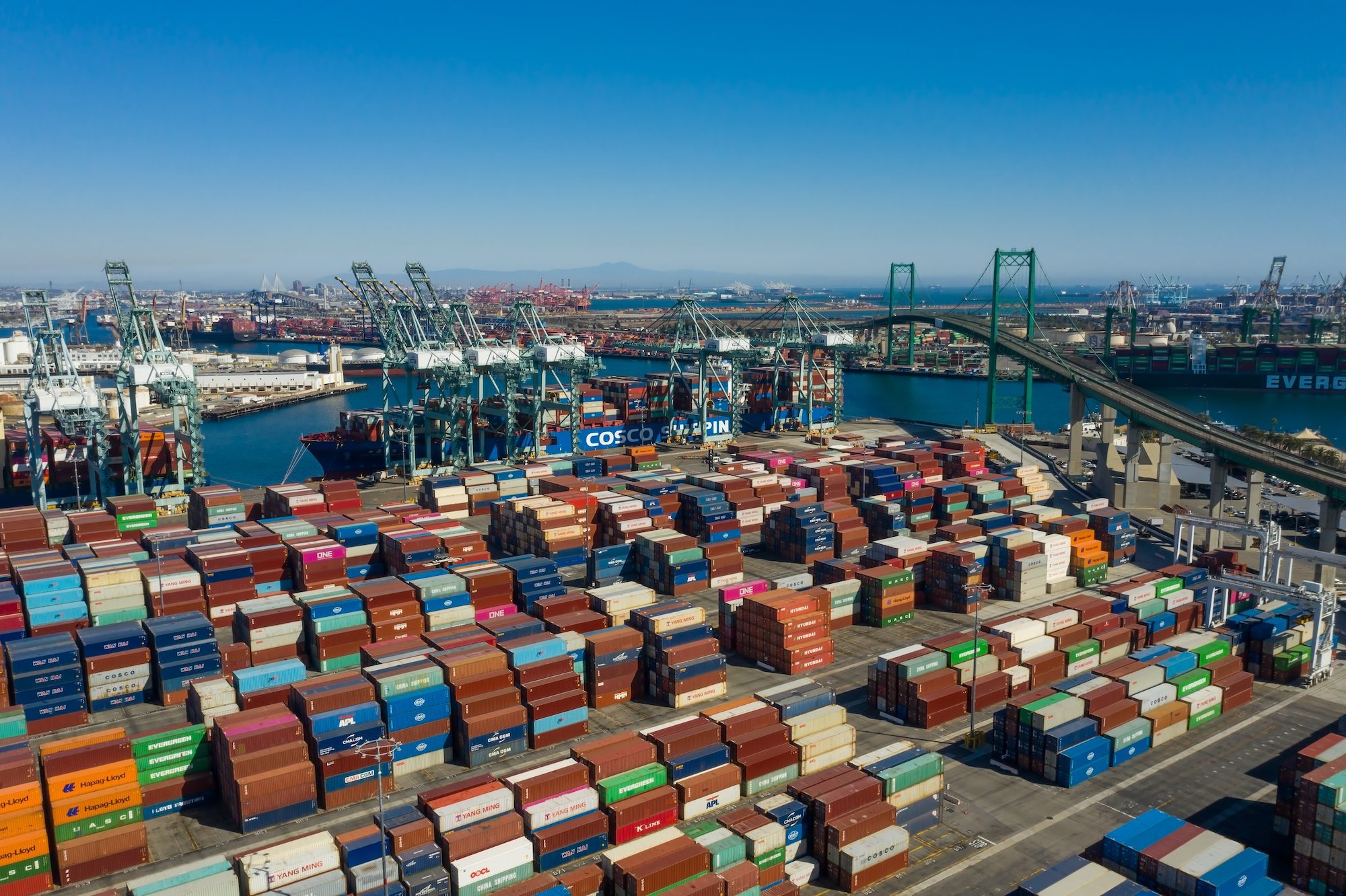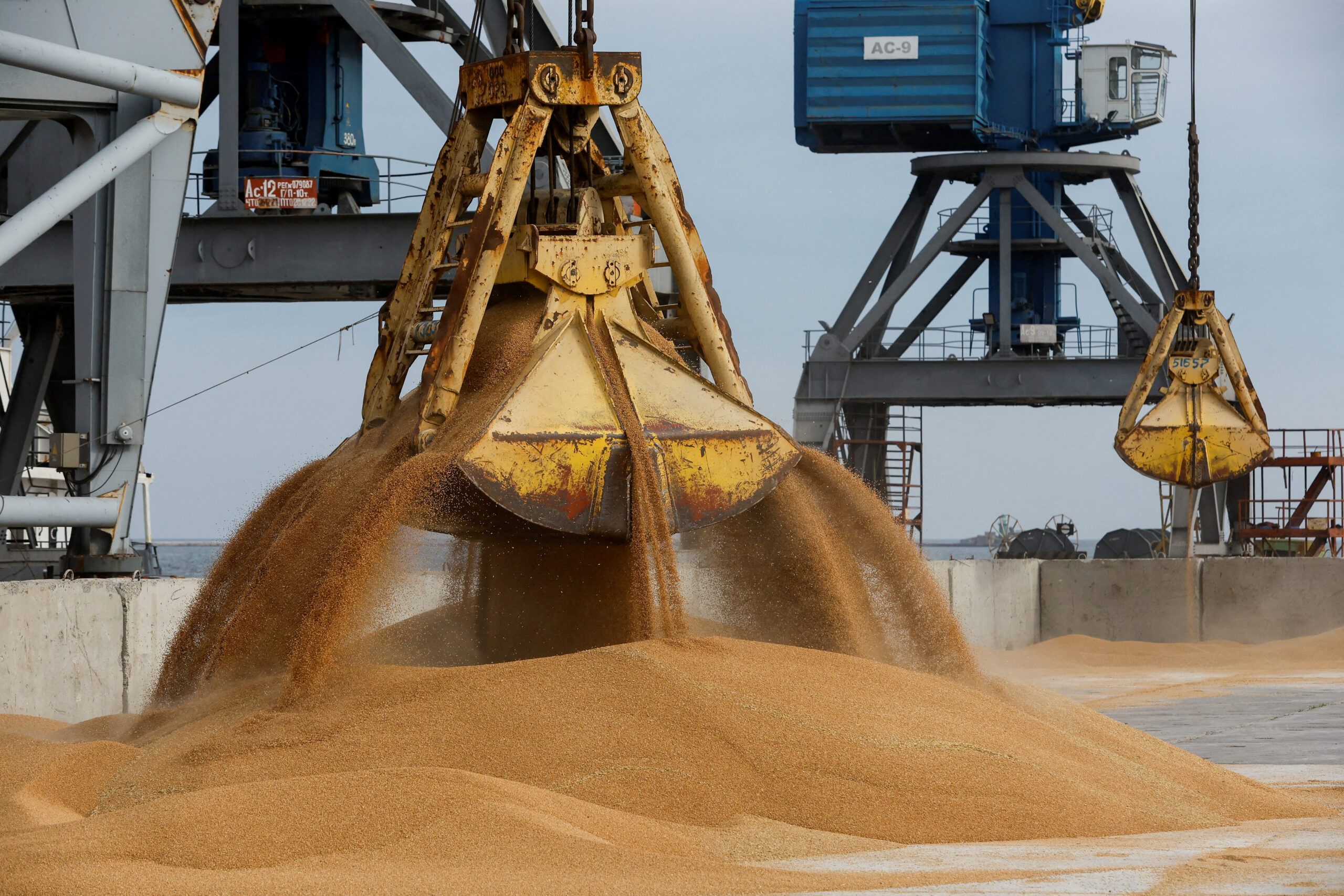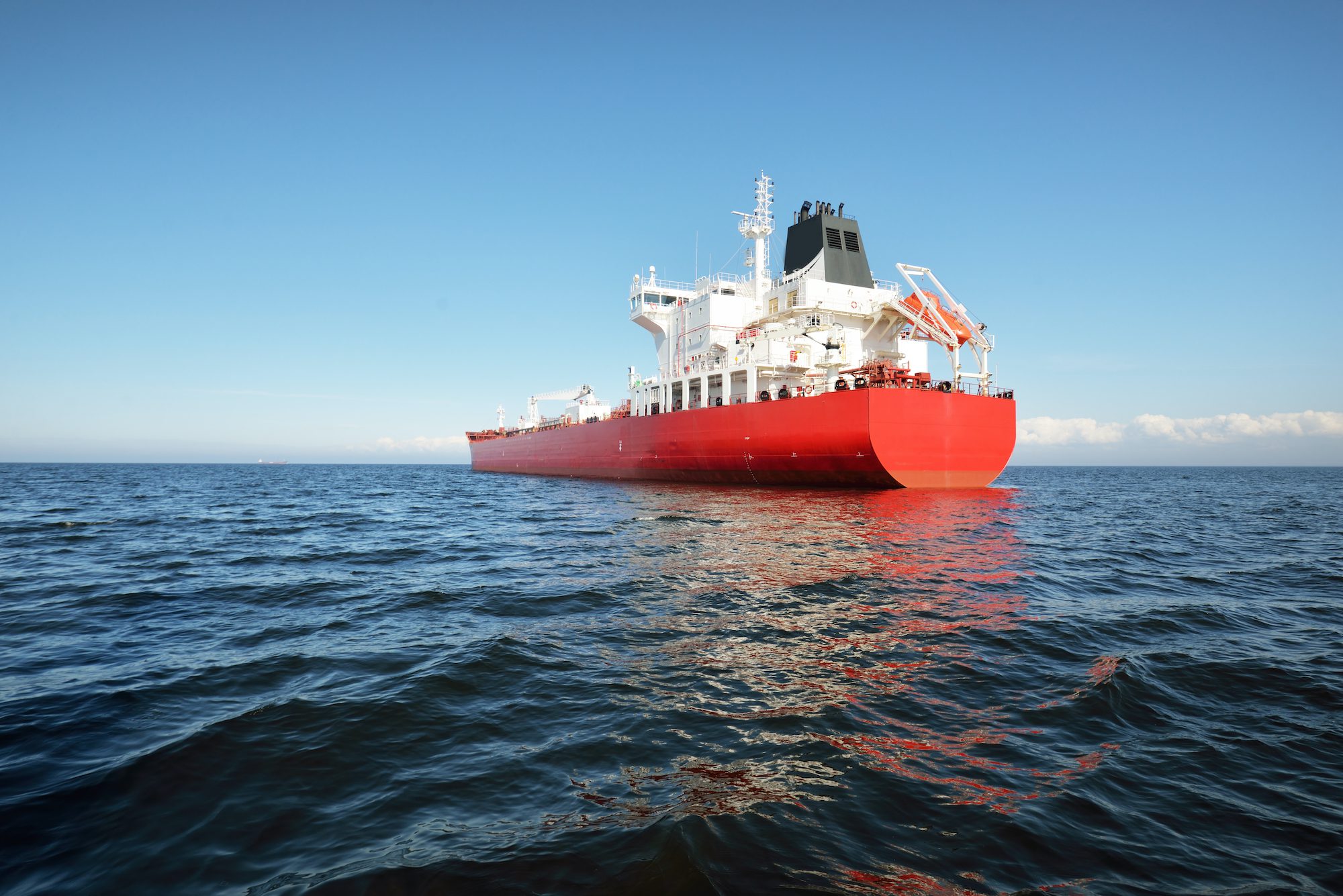The Port of Long Beach has kicked off 2022 reporting its busiest January on record, ending a four-month streak of declines amid a historic pandemic-fueled cargo surge.
Dockworkers and terminal operators at the Port of Long Beach moved 800,943 TEU last month, up 4.8% from last year’s record-setting January. It’s also the first time the port has processed more than 800K TEU since August 2021 amid efforts to clear containers from shipping terminals.
January imports rose 6.9% to 389,334 TEUs, while exports increased 5.9% to 123,060 TEUs. Empty containers grew 1.8% to 288,550 TEUs.
The monthly record follows a record-breaking year in 2021 with over 9.3 TEUs handled by the Port of Long Beach. The port attributes the strong start to the 2022 to efforts to successfully move aging cargo out of terminals, which has hampered throughput and contributed to year-over-year volume declines from September to December.
“Terminal capacity is finally opening up thanks to support from our federal and state leadership, collaboration with industry partners, and the hard work of the men and women moving record amounts of cargo off the docks,” Port of Long Beach Executive Director Mario Cordero said. “We expect to remain moderately busy into the spring as we make significant progress to clear the docks and process the backlog of vessels waiting off shore.”
While February is traditionally a slow month for import activity as overseas factories close for Lunar New Year celebrations, this month could be busier than normal as work continues reduce congestion, Long Beach said.
According to the Marine Exchange of Southern California, the ship backlog has declined to around 90 containerships from a peak backup of 109 on January 9, 2022.
The San Pedro Bay Ports, which include Long Beach and Los Angeles, are also reporting a combined 68% decline in aging cargo on the docks since the announcement of the “Container Dwell Fee” back in late October. The program, which has not yet been implemented and continues to be delayed, would charge ocean carriers for containers that remain too long on the docks.
Numbers published by the Port of Long Beach on Thursday showed around 10,000 import containers dwelling at terminals, down from more than 20,000 late last year.
The question now is whether the improving statistics reflect an easing of supply chains snarls or a more transitory post peak season boost. It really depends on your level of optimism.
“An inventory build-up at the end of 2021 points to an easing of supply chain snarls, meaning consumers will have more products to purchase this spring,” the Long Beach said in its monthly update.
The Port of Los Angeles is expected to reports its January figures shortly.

 Join The Club
Join The Club











